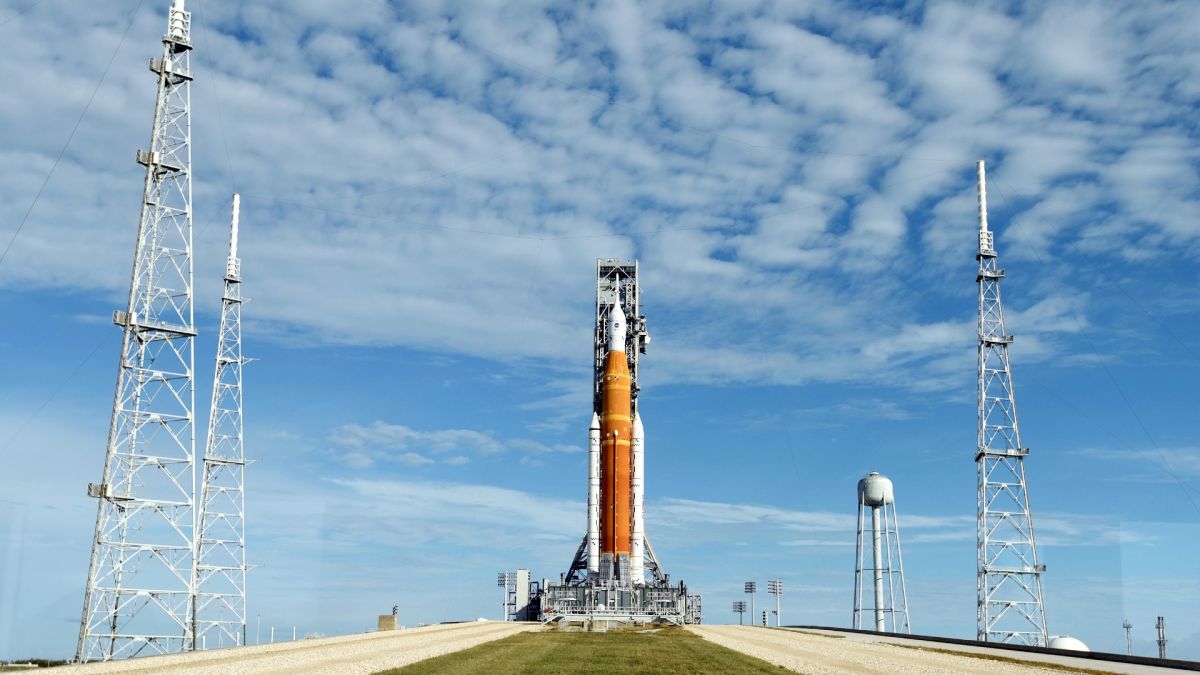
www.space.com
NASA's Artemis 1 moon rocket is go for launch on Nov. 16. Here's how to watch it live.
The Artemis 1 moon mission has seen its share of setbacks, but is still set to launch on Nov. 16 during a two-hour window beginning at 1:04 a.m. EST (0604 GMT).
Science & Tech
CAPE CANAVERAL, Fla. — The countdown has begun for the launch of NASA's beleaguered Artemis 1 moon mission.
Despite some concerns over the damage the $4.1-billion-dollar Space Launch System (SLS) vehicle and Orion spacecraft experienced due to Hurricane Nicole, NASA is moving forward with its current launch attempt. Artemis 1 is currently counting down to a two-hour launch window which begins on Wednesday (Nov. 16) at 1:04 a.m. EST (0604 GMT). You can watch the launch live online here on Space.com courtesy of NASA.
Live event coverage of the Artemis 1 countdown and launch will air on Space.com courtesy of NASA Television, the NASA mobile app (opens in new tab), and the agency's official website (opens in new tab). Broadcasting of prelaunch activities starts at 3:30 p.m. EST (2030 GMT) when the agency begins the Space Launch System's cryogenic fueling process.
Artemis 1 was originally scheduled to launch in late August, but glitches with fueling caused a one-month delay. Then came Hurricane Ian, which caused further delays as NASA rolled the Artemis 1 SLS stack off of Launch Pad 39B at Kennedy Space Center (KSC) for the shelter of the massive Vehicle Assembly Building (VAB). After being rolled out to the pad once more on Nov. 4, SLS then had to weather Hurricane Nicole, which subjected the vehicle to high winds while it weakened to a tropical storm shortly after landfall.
Despite the fact that the SLS vehicle and Orion spacecraft experienced some slight damage during Hurricane Nicole, NASA officials are confident in their decision to aim for the Nov. 16 launch attempt. "There's no change in our plan to attempt to launch on the 16th," Mike Sarafin, Artemis mission manager at NASA headquarters in Washington, said during a media teleconference Monday (Nov. 14) after performing analyses of the damage.
One of the chief areas of concern is a thin strip of insulative caulking known as RTV that smooths out a small groove encircling the Orion spacecraft in order to prevent undesirable airflow and heating during flight. A section of RTV was torn loose by Nicole's winds, and there are now worries that more could shake loose during liftoff and create a debris hazard for SLS.
























































